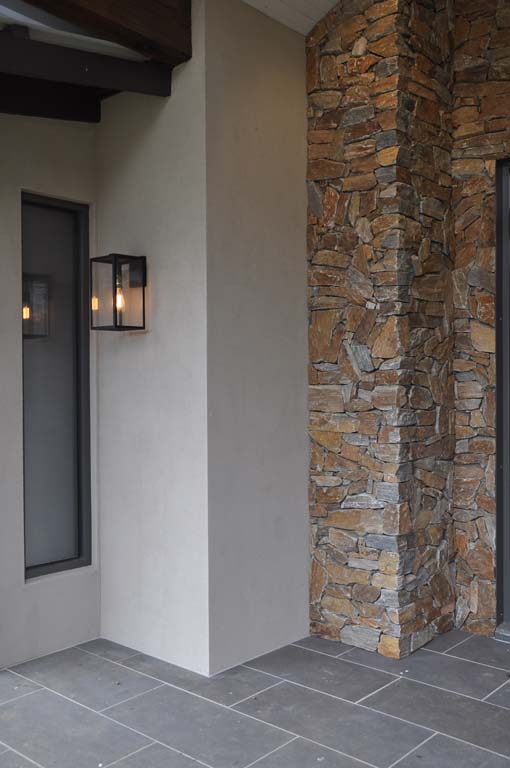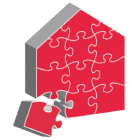
EPS cladding, or Expanded Polystyrene cladding, has become a preferred solution in modern Australian construction due to its lightweight properties, excellent thermal performance, and adaptability across residential and commercial applications. As environmental conditions across the country become increasingly extreme, especially in bushfire-prone zones, builders, architects, and developers are turning to robust and compliant cladding solutions that offer both safety and efficiency.
Importance of BAL (Bushfire Attack Level) Compliance in Australian Construction
Bushfire safety is a critical consideration in Australian construction. The Bushfire Attack Level (BAL) rating system was introduced to assess the potential exposure of buildings to bushfire hazards. BAL compliance ensures that structures can resist ember attacks, radiant heat, and direct flame contact to varying degrees, depending on their classification from BAL–Low to BAL–FZ.
For any project located within designated bushfire-prone areas, adherence to BAL requirements is not optional—it is a regulatory necessity. Selecting BAL-compliant materials such as EPS cladding enables builders to meet Australian Standards while ensuring occupant safety, structural integrity, and insurance eligibility. It also demonstrates a proactive approach to responsible, future-ready construction.
The Australian Challenge: Building in Bushfire-Prone Zones
• Understanding the Risk Landscape – Australia’s unique climate and geography make it particularly vulnerable to bushfires, especially during extended dry seasons. Many regions, including outer suburbs and rural communities, face repeated bushfire threats each year.
• Regulatory Obligations and Design Constraints – Due to bushfire risks, building codes mandate strict material guidelines for walls, insulation, and cladding to reduce ignition and flame spread. Builders are therefore required to use BAL-rated products that offer tested and proven performance.
• Need for Durable, Compliant Materials – Materials must meet fire safety standards and endure Australia’s harsh climate, including UV, moisture, and extreme temperatures. EPS cladding designed for BAL compliance meets these demands while delivering aesthetic and construction efficiencies.
What Makes EPS Cladding BAL-Compliant?
EPS cladding products that meet BAL compliance are engineered to deliver superior fire resistance, structural performance, and long-term durability. These specialised features make them suitable for use in high-risk environments and essential for modern, code-compliant construction.
Key characteristics include:
• Engineering fire-resistant cladding: additives and core compositions
• External coatings and barrier layers for enhanced fire performance
• Testing procedures and certifications for BAL-rated EPS panels
Manufacturers enhance this type of cladding with fire-retardant cores and protective coatings to resist ignition. Certified panels meet AS 3959 standards for BAL compliance.
CladCor: Trusted EPS Cladding Supplier for BAL-Compliant Projects
At CladCor, we understand the evolving needs of Australia’s building industry, particularly the growing demand for reliable, fire-rated external wall systems. Our EPS cladding solutions are manufactured to strict quality standards and tested to ensure BAL compliance, providing peace of mind for builders, specifiers, and property owners alike.
As one of the top and most highly recognised suppliers of building products in Australia, we are proud to support residential and commercial projects with materials that are both innovative and compliant. Our wall cladding range is engineered for performance, safety, and longevity—ideal for construction in even the most extreme Australian conditions.
Ready to specify BAL-compliant EPS cladding for extreme conditions? Contact us today.
Related blog article: Architectural Cladding: Durable Exterior Options for Contemporary Homes

